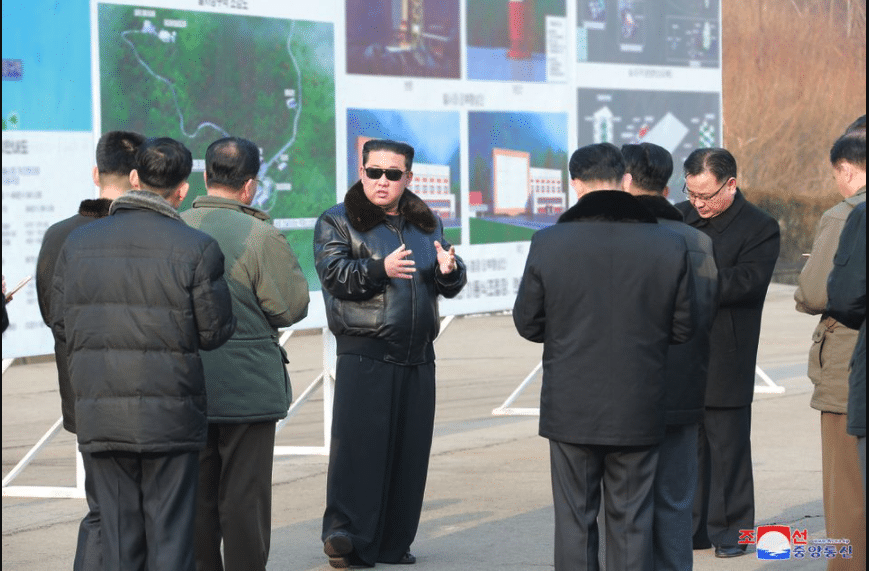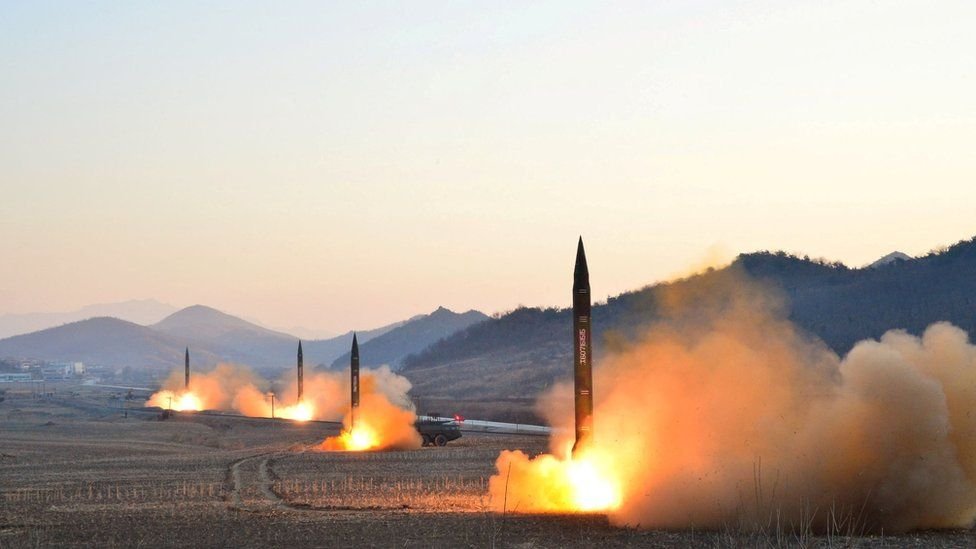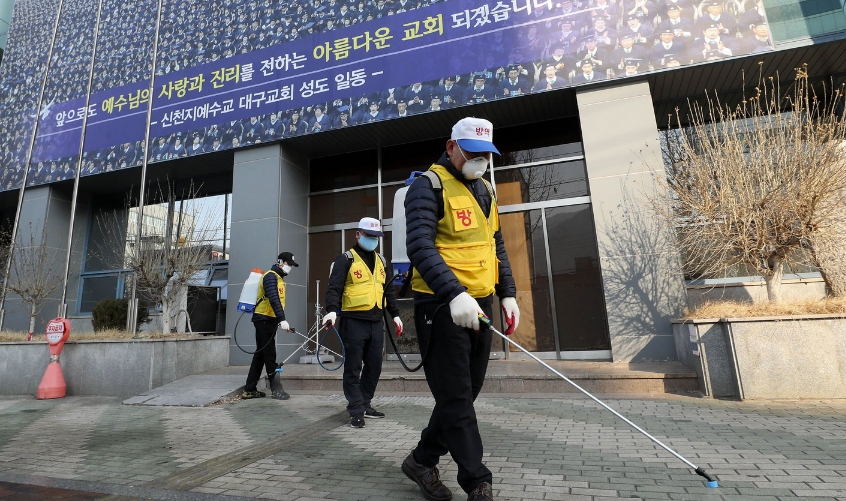North Korea says it has successfully tested a new intercontinental ballistic missile (ICBM), under the supervision of leader Kim Jong-un, and it was capable of hitting anywhere in the world.
The Hwasong-14 missile reached an altitude of 2,802km and hit its target precisely after flying for 39 minutes, the North’s state television said.
The missile was launched from country’s western region into the sea off its east coast on Tuesday, according to officials in South Korea and Japan.
The “unidentified ballistic missile” was fired at around 00:40 GMT from a site near Banghyon in North Pyongan province and flew about 930 kilometres, South Korea’s military said in a statement – coming down in the Sea of Japan.
Japan’s Chief Cabinet Secretary Yoshihide Suga told reporters the missile flew for 40 minutes – an unusually long flight time.
“This launch of a ballistic missile can never be tolerated, and Japan strongly protested to North Korea and condemned it,” he told a briefing.
South Korea’s President Moon Jae-in said the military was analysing the launch with the possibility that it may have been an ICBM rocket.
The US military’s Pacific Command said in a statement that North Korea had launched a land-based intermediate range ballistic missile.
“The North American Aerospace Defense Command (NORAD) assessed that the missile launch from North Korea did not pose a threat to North America,” it said in a statement.
North Korea’s missile launch is the first since Pyongyang fired several cruise missiles in early June and comes as leaders of the United States, China, Japan and South Korea are expected to discuss efforts to rein in the North’s nuclear and missile tests at the G20 summit in Hamburg, Germany on July 7 to 8.
Japanese Prime Minister Shinzo Abe said the latest missile launch “clearly showed increasing threats” from Pyongyang.
“Once again, North Korea pushed ahead with a missile launch. That showed [Pyongyang] has ignored repeated warnings from the international community,” Abe told reporters.
The launch is part of a string of test-firings in recent months as the North works to build a nuclear-tipped missile that could reach the US.
Tuesday’s launch is the first by North Korea since the June 8 test of a new type of cruise missile that Pyongyang says is capable of striking US and South Korean warships “at will”.
The incident also comes just days after Seoul’s new leader Moon and US President Donald Trump focused on the threat from Pyongyang in their first summit.
Since taking office on May 10, Moon has tried to improve strained ties with North Korea, but the North has continued its missile tests.
“President Moon has been talking about increasing engagement with North Korea, but a scale-back of its nuclear programme is a condition of that and President Trump seems to have been indicating that the US is losing patience with North Korea,” said Al Jazeera’s Kathy Novak, reporting from the South Korean capital, Seoul.
Tuesday’s missile launch also comes before July 4 Independence Day celebrations in the US. North Korea has previously fired missiles around this US holiday.
The launch also comes a day after China warned that if tensions in the region continued to escalate, the situation could “get out of control” with “disastrous” consequences.
China’s ambassador to the UN, Liu Jieyi, also said that Beijing would push for the US and South Korea to halt military exercises on the Korean Peninsula in exchange for North Korea suspending its nuclear and ballistic missile programmes.
Trump took to Twitter in response to North Korea’s latest missile launch.
North Korea has just launched another missile. Does this guy have anything better to do with his life? Hard to believe that South Korea…..
— Donald J. Trump (@realDonaldTrump) 4 July 2017
….and Japan will put up with this much longer. Perhaps China will put a heavy move on North Korea and end this nonsense once and for all!
— Donald J. Trump (@realDonaldTrump) 4 July 2017
The Trump administration, which has repeatedly warned that the “era of strategic patience” with Pyongyang is over, has turned to China for help in reigning in the nuclear threat from North Korea.
But frictions between the two powers, including over the South China Sea and Taiwan, have also impeded discussions.
“The US was hoping that China would use its influence over North Korea to pressure it to scale back its nuclear and missile programme, but this doesn’t seem to have changed at all,” our correspondent said.








